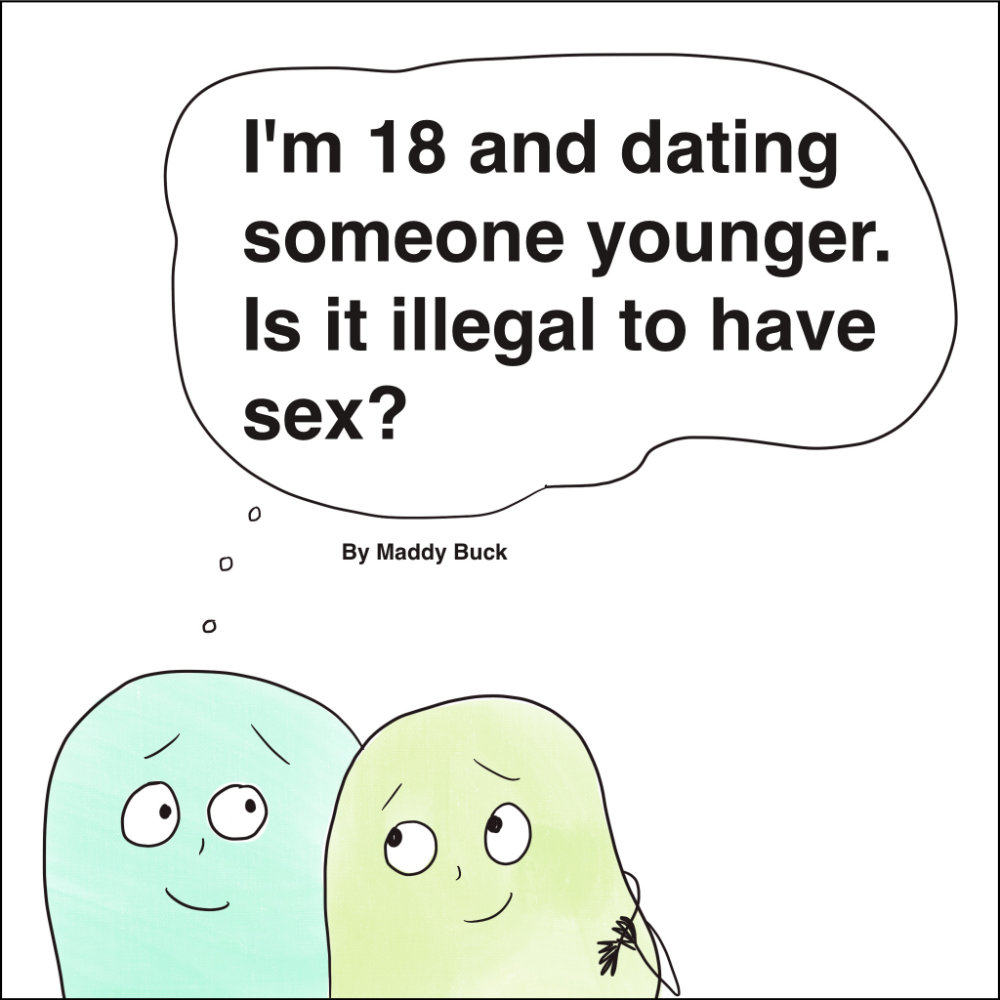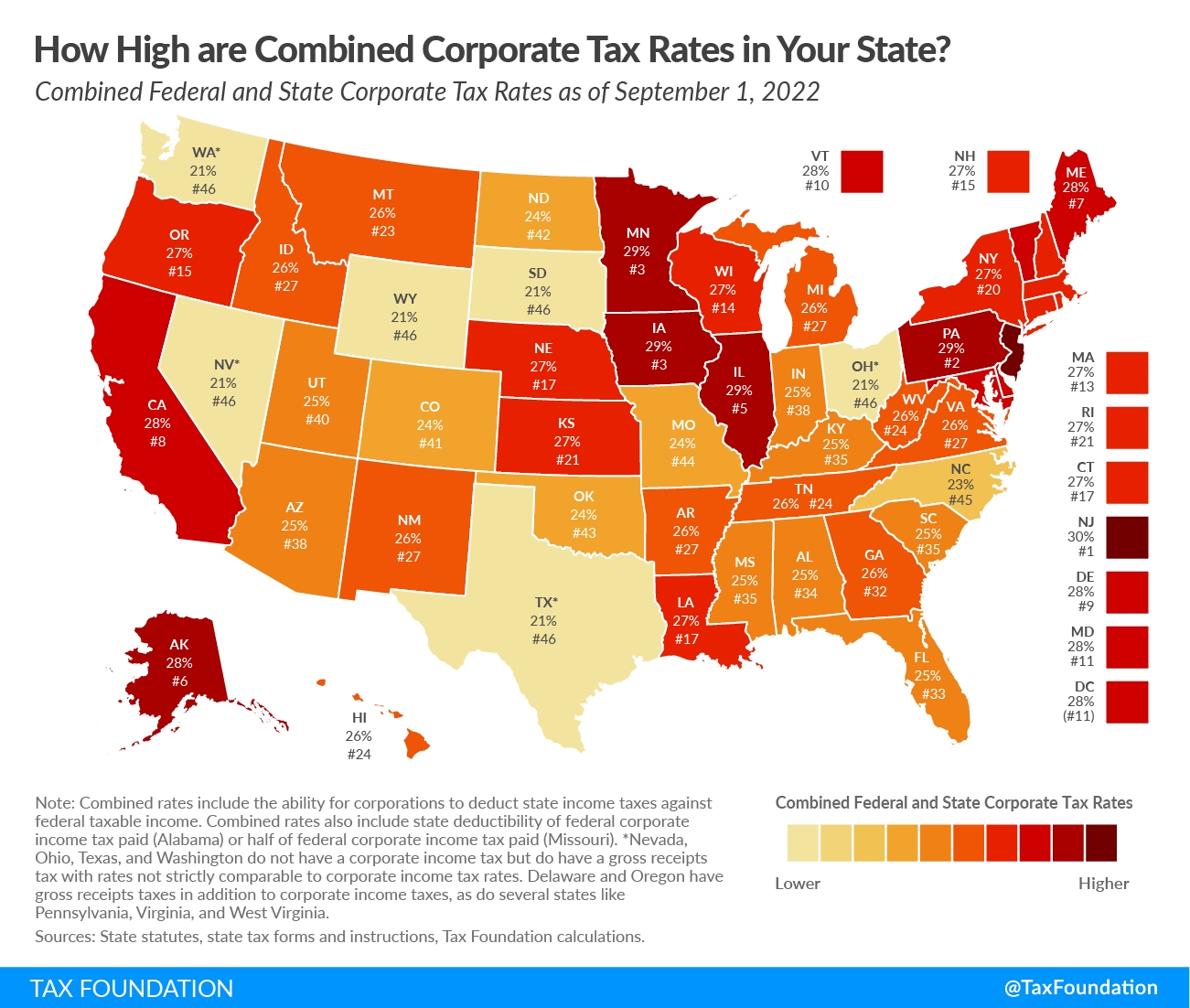§101 Reform Bill’s Murky Language Might Do the Opposite of What It Intends, Killing Patents Upheld in Court Decisions | Dunlap Bennett & Ludwig PLLC
The law of unintended consequences provides that actions “always have effects that are unanticipated or unintended.”[1] This folk wisdom holds true when it comes to the Patent Eligibility Restoration Act of 2022. The bill proposed by Senator Thom Tillis is the latest legislative proposal to amend 35 U.S.C §101.[2] Despite the good intentions behind the bill to clarify patent subject matter eligibility, the bill as currently drafted is not likely to solve the confusion with the patent eligibility of software inventions. The bill may even render ineligible software patents that were previously deemed eligible under post-Alice[3] court decisions.
This article first explains the proposed changes to §101 and then evaluates how representative software patents adjudicated in the post-Alice years would fare under the proposed bill.
What’s New in the Latest §101 Reform Bill
Under the Patent Eligibility Restoration Act of 2022, the amended §101 starts with largely the same broad language as the existing §101:
(a) IN GENERAL.—Whoever invents or discovers any new and useful process, machine, manufacture, or composition of matter, or any new and useful improvement thereof, may obtain a patent therefor, subject only to the exclusions in subsection (b) and to the further conditions and requirements of this title.
The removal of “new” coincides with another purpose of the bill, which is to more clearly differentiate eligibility under §101 from anticipation and obviousness under §§ 102 and 103.
Significantly, the bill in subsection (b) eliminates all judicial exceptions to eligibility (i.e., abstract ideas, laws of nature and natural phenomena) and replaces them with purportedly limited exceptions. So far so good. Clause (1)(B)(i) is most relevant for software patents:
(b) ELIGIBILITY EXCLUSIONS.—
(1) IN GENERAL.—Subject to paragraph (2), a person may not obtain a patent for any of the following, if claimed as such:
[. . .]
(B) A process that—
(i) is a non-technological economic, financial, business, social, cultural, or artistic process;
[. . .]
[. . .]
Clause (1)(B)(i) raises two significant issues for software patents. First, the bill does not define “non-technological.” Whether an invention is considered “technological” as compared to an “abstract idea” already exists as a persistent source of ambiguity under step one of the current two-step eligibility analysis. That is, the Alice decision itself makes this either-or demarcation. Per Alice, a patent claim is either directed to an abstract idea, or it is directed to a technological improvement.[4] So existing case law—the backdrop that Sen. Tillis seeks to refine—already treats “abstract”/“technological” as the binary divide.
Forcing stakeholders and courts to make such a cut has already led to confusing, and in some cases conflicting, eligibility decisions.[5] The difficulty for courts is that at some level of abstraction, all software inventions can be considered an abstract idea.[6] Clause (1)(B)(i)’s wordsmithing just repeats the same unguided exercise. The bill appears just to resurrect the same murky step one analysis, merely replacing “abstract idea” with “non-technological.” If the drafters hoped to advance clarity by asking people to assess whether something is “non-technological,” when before they had to assess whether it is “technological,” they failed.
Second, clause (1)(B)(i) limits the types of patent-excluded “non-technological” processes to “economic, financial, business, social, cultural, or artistic” processes. But don’t we know by now that nearly any software invention can arguably fit into one of these categories? This will likely create additional grey areas for eligibility that courts have proven themselves unable to keep consistent.
The bill attempts to claw back some patentability for claimed processes that the above-copied clause would exclude, using clause (2)(A):
(2) CONDITIONS.—
(A) CERTAIN PROCESSES.—Notwithstanding paragraph (1)(B)(i), a person may obtain a patent for a claimed invention that is a process described in such provision if that process is embodied in a machine or manufacture, unless that machine or manufacture is recited in a patent claim without integrating, beyond merely storing and executing, the steps of the process that the machine or manufacture perform.
[. . .]
But wow. So few words, so many analytical flips and flops. A master logician would be hard pressed to keep track. Clause (2)(A) at least tries to provide that patents ineligible under (1)(B)(i) may be still eligible if they perform steps that are more than “merely storing and executing” on a machine or manufacture. Essentially, this clause considers whether the claimed process do more than just run on a computer. The problem for software patents is that, at some level of characterization, this is often ALL that they do. It is unclear whether storing and executing would be interpreted to include functions like displaying on a monitor or transmitting data over the internet.
Subsection (c) provides another key change to the eligibility analysis for software patents, trying to roll back some of the existing two-step Alice framework:
(c) ELIGABILITY.—
(1)IN GENERAL.—In determining whether, under this section, a claimed invention is eligible for a patent, eligibility shall be determined—
[. . .]
(B) without regard to—
[. . .]
(iii) whether a claim element is known, conventional, routine, or naturally occurring;
[. . .]
[. . .].
Step two of the current two-step analysis considers whether an invention has an inventive concept that goes beyond an abstract idea.[7] Courts look to whether any claim elements are more than “well-understood, routine, or conventional” activities.[8] Subsection(c), however, effectively eliminates the step two analysis with clause (1)(B)(ii) by precluding from the eligibility determination “whether a claim element is known, conventional, routine, or naturally occurring.” Although this change would seemingly attempt to help further differentiate eligibility under §101 from anticipation and obviousness under §§ 102 and 103, this cuts off an existing pathway that courts have relied upon to find many software patents eligible.
How Representative Software Patent Decisions Would Fare Under the Proposed §101 Framework
A comparison between the current two-step subject matter eligibility analysis under Alice and the new analysis under the Patent Eligibility Restoration Act of 2022 for software patents can be summarized as follows: [9]
The following sections evaluate whether the outcomes of three representative software patent decisions would change under the Patent Eligibility Restoration Act of 2022.[10]
Enfish v. Microsoft (May 12, 2016)[11]
Claimed Invention
A self-referential database table.
Current §101 Analysis

Reformed §101 Analysis

Electric Power Group v. Alstom (August 1, 2016)[12]
Claimed Invention
Method for monitoring data from an electric power grid.
Current §101 Analysis
X Step 1: The court held that the claims were directed to the abstract idea of collecting, analyzing, and displaying information.
X Step 2: The court held that under step two, the mere fact the claims apply to the environment of power grid monitoring did not add an inventive concept.
Reformed §101 Analysis
X Technological: Because the court found the claims to be directed to an abstract idea under step one of the Alice analysis, the claims are likely to be considered “non-technological.”
X Excluded category: Monitoring data from an electric power grid arguably falls within the economic or business categories of excluded processes.
? More than storing and executing: If storing and executing is found to encompass the function of displaying (such as on a computer monitor), this step is unlikely to confer eligibility.
Bascom v. AT&T (June 27, 2016)[13]
Claimed Invention
Method for filtering content on the internet through an internet service provider.
Current §101 Analysis
X Step 1: The court held that the claims were directed to the abstract idea of filtering content on the Internet.

Reformed §101 Analysis
X Technological: Because the court found the claims to be directed to an abstract idea of filtering content on the internet under step one of the Alice analysis, the claims are likely to be considered “non-technological.”
X Excluded category: Filtering content through an internet service provider arguably falls into the categorical exception for a business process because this is an activity that an internet service provider (a business) performs.
? More than storing and executing: The claims involve both a local computer and a remote server, which is obviously more than than “the” (singular) machine or manufacture referred to in clause (b)(2)(A). But if the machine or manufacture could be construed as the computing network as a whole, including both the local computer and remote server, the claims may be ineligible under the proposed bill. The filtering process arguably does not involve more than storing and executing data.
Conclusion
As shown, the Patent Eligibility Restoration Act of 2022 may do little to address issues with the current patent eligibility analysis for software patents:
- The confusion from step one of the Alice analysis is likely to remain;
- It is unclear whether any software patents that were previously ineligible under the Alice analysis would be eligible under the new framework; and
- A significant risk arises that software patents that were previously eligible under step two of the Alice analysis would be ineligible.
[3] Alice Corp. Pty. Ltd. v. CLS Bank Int’l, 573 U.S. 208 (2014).
[4] Uniloc USA, Inc. v. LG Elecs. USA, Inc., 957 F.3d 1303, 1306 (Fed. Cir. 2020) (explaining step one of Alice).
[5] See e.g., Health Discovery Corp. v. Intel Corp., 577 F. Supp. 3d 570, 583 (W.D. Tex. 2021) (“It is difficult to extract a unified theory of Alice’s first step from [the CardioNet, SAP, Stanford II and Koninklijke] cases (much less from the whole of Federal Circuit § 101 jurisprudence). Efforts to reconcile these opinions illustrate the difficulty in applying Alice with any consistency.”).
[6] Enfish, LLC v. Microsoft Corp., 822 F.3d 1327, 1337 (Fed. Cir. 2016).
[7] Alice, 573 U.S. at 217.
[9] The new analysis assumes that none of the other more limited exceptions to patent eligibility apply.
[10] Although some of the following representative claims are not written as method claims, courts have often interpreted these claims as involving software processes under the existing Alice framework. E.g., Enfish, LLC v. Microsoft Corp., 822 F.3d 1327, 1336 (Fed. Cir. 2016) (“the ‘means for configuring’ language [requires] a four-step algorithm”); BASCOM Glob. Internet Servs. v. AT&T Mobility LLC, 827 F.3d 1341, 1348 (Fed. Cir. 2016) (“filtering content is . . . a longstanding, well-known method of organizing human behavior”).
[11] Enfish, 822 F.3d 1327 (Fed. Cir. 2016).
[12] Elec. Power Grp., LLC v. Alstom S.A., 830 F.3d 1350 (Fed. Cir. 2016)
[13] BASCOM, 827 F.3d 1341 (Fed. Cir. 2016).
[View source.]






